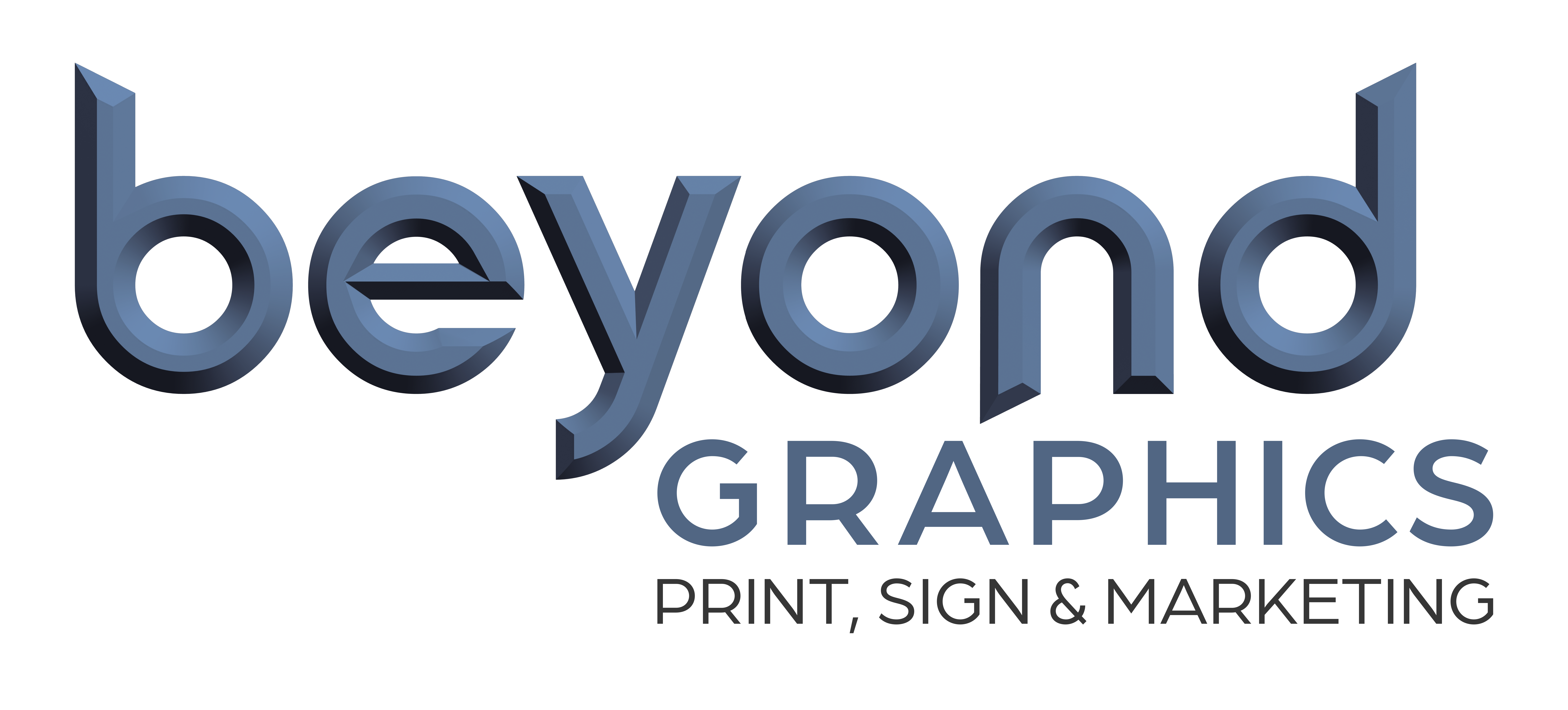Logo Design
Creating a distinctive visual symbol that encapsulates a company's identity, values, and aspirations in a simple yet memorable graphic form.
Logo design is a meticulous process that goes beyond creating a mere visual symbol; it’s about distilling a company’s essence into a unique mark that resonates with its target audience. Designers begin by conducting thorough research into the industry, competitors, and the client’s brand identity. This exploration helps uncover key insights that inform the design strategy, ensuring the logo effectively communicates the company’s values, mission, and personality.
Once armed with insights, designers move to conceptualization, brainstorming and sketching multiple ideas to explore different visual representations. These concepts are refined through iterative feedback loops, focusing on simplicity, scalability, and versatility across various mediums and sizes. Attention is paid to elements such as color psychology, typography, and symbolism, aiming to craft a logo that not only stands out visually but also evokes the desired emotional response and fosters instant brand recognition.

Basic
-
5 Hours of Design
-
3 Initial Designs
-
Final Logo file in jpg, png, svg & pdf
-
45 Minute conultation
-
High Resolution Files
-
3 Revisions after final logo is picked
Premium
-
12 hours of design
-
5 initial designs
-
final logo in jpg, png, svg & pdf
-
45 minute consulation
-
4 logo variations
-
high resolution files
-
brand guidelines
-
10 revisions
Standard
-
8 hours of design
-
5 initial concepts
-
final logo file in jpg, png, svg & pdf
-
45 minute consultation
-
high resolution files
-
brand guideline sheet
-
5 revisions
The 10 Steps of Logo Design
Client Brief and Research
Understand the client's business, target audience, industry, and competitors. Gather information about their brand values, mission, and unique selling points.
Brainstorming and Conceptualization
Generate ideas and concepts based on the research. Explore different visual representations, typography styles, and color schemes that could symbolize the brand effectively.
Sketching and Drafting
Create rough sketches of potential logo designs. This stage focuses on exploring various concepts and visual directions without committing to details.
Digital Drafting
Transfer selected sketches into digital format using vector graphics software (e.g., Adobe Illustrator). Refine the designs, paying attention to proportions, balance, and clarity.
Feedback and Iteration
Share the initial designs with the client for feedback. Iterate based on the client's input, making adjustments to refine the chosen concept further.
Typography and Color Selection
Choose appropriate fonts that complement the logo's design and reflect the brand's personality. Select colors that resonate with the brand's identity and evoke the desired emotional response.
Finalization
Once the design is approved, finalize the logo by refining details, ensuring scalability (for various sizes and applications), and preparing the necessary file formats (e.g., vector files for scalability and raster files for web use).
Presentation and Delivery
Present the final logo design to the client along with guidelines on its usage (e.g., minimum size, color variations, clear space). Deliver the logo files in the required formats (e.g., EPS, PNG, JPEG).
Brand Guidelines (Optional)
Create brand guidelines that document how the logo should be used, including color codes, typography rules, and examples of correct and incorrect usage.
Feedback and Revisions
After the logo is implemented, gather feedback from stakeholders and monitor how it resonates with the target audience. Make any necessary revisions based on feedback and evolving business needs.
